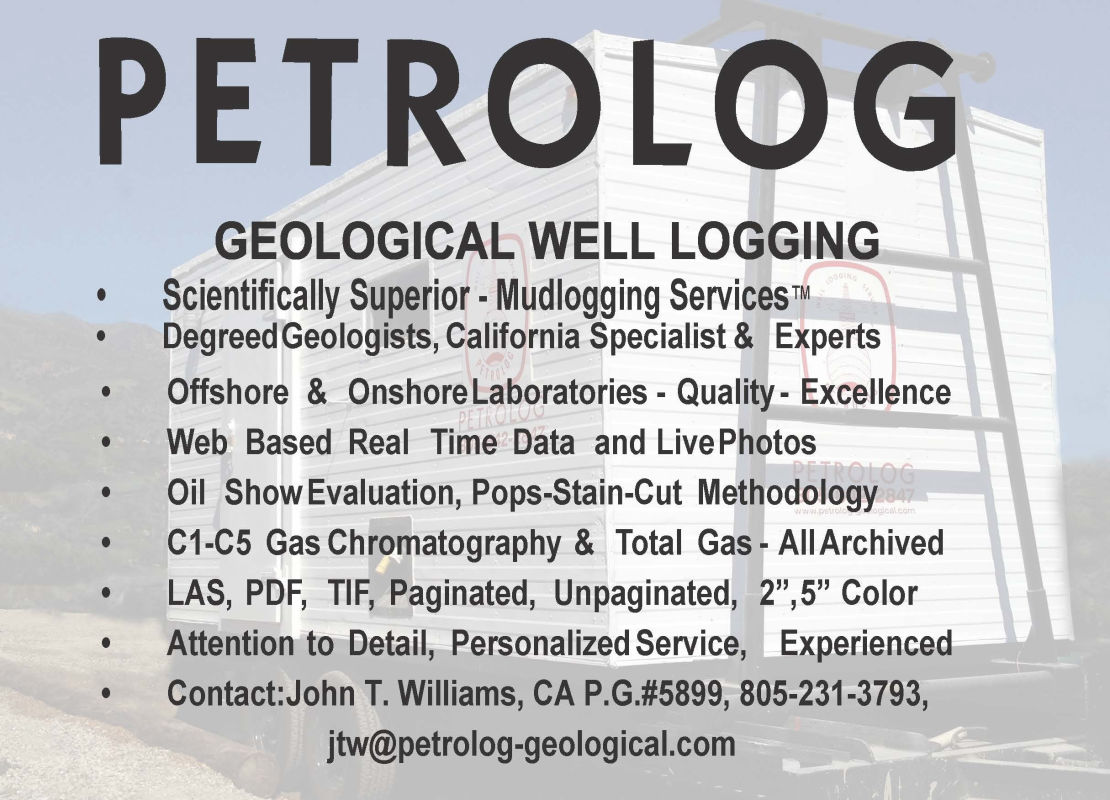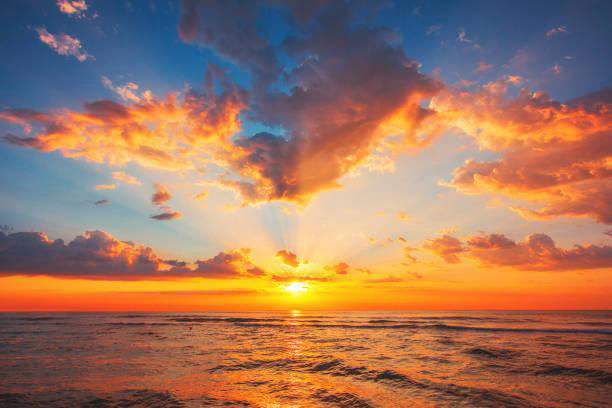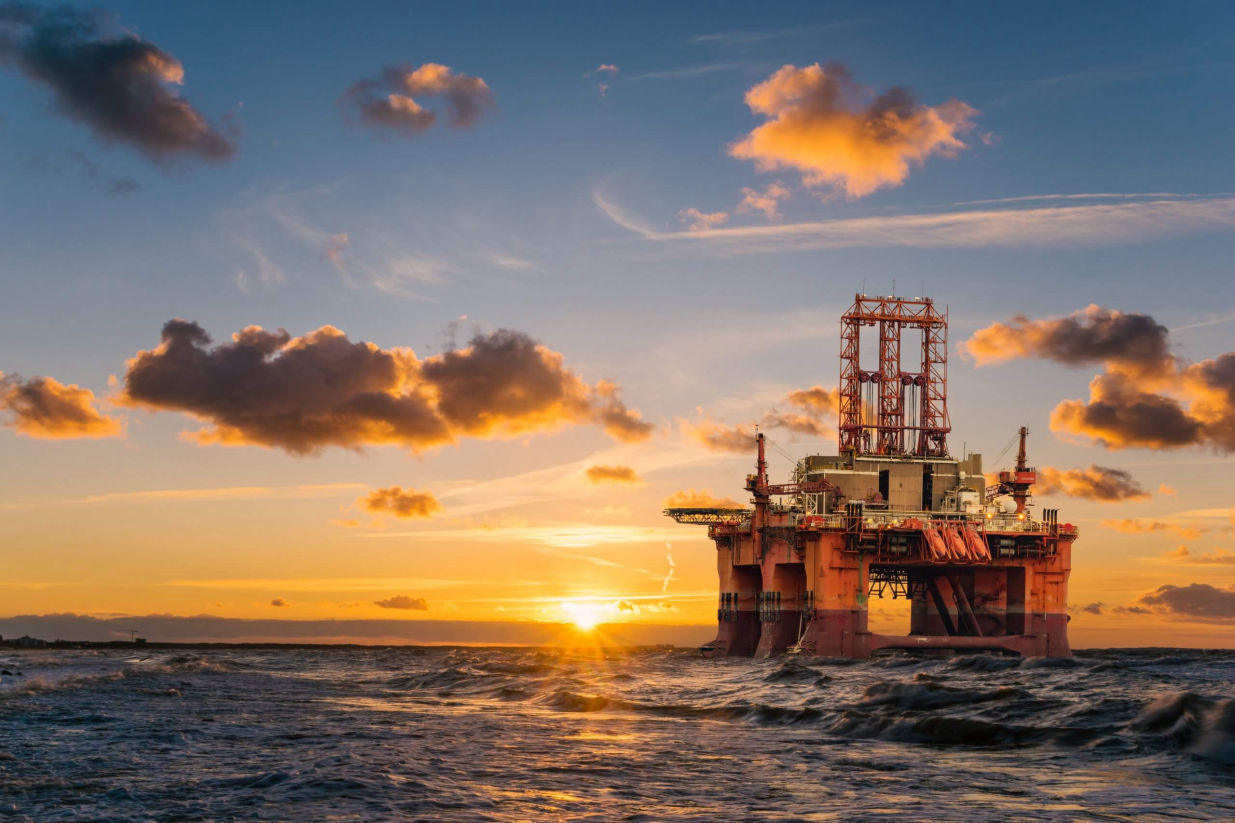




Complex earthquake ruptures demonstrate that simple models of strike-slip faults may be inadequate for earthquake hazard assessment. Active strike-slip fault zones in the submarine Borderland exemplify complex fault structure produced over 20 Million years of transform plate boundary evolution. Progressive deformation during changing plate boundary configurations, from subduction to oblique-rifting and finally transform faulting, involve complex changing boundary conditions that may be understated by lab-based models. Conjugate shears, folds, and extensional fractures produced in simple models resemble observed features in earthquake surface fault ruptures. Subsurface features include flower structures, where steep fault zones with downward-convergent bounding faults are typical. However, other deformation styles, including fault-bend folding and convergence from regional processes may produce structure similar to restraining bend pop-ups. Changing rheology due to oblique-extension with increased heat flow and magma injection further complicates the evolution of the Borderland strike-slip fault zones. Plate boundary relative motion changes due to microplate capture and progressive changes in initial fault geometries accommodate the evolving oblique shear in complex ways. New transform faults may form within extensional basins to accommodate the strike-slip while half-graben basins form to accommodate extension. Uneven or jagged plate boundaries formed during triple junction migration and the microplate tectonics produced vertical-axis crustal block rotations. Rotating blocks become more obstructive to the dextral shear of the plate boundary to produce transpression; former extensional basins are inverted into fault-bounded anticlinoria. Local oblique-deformation intensifies, and new faults form to bypass these obstacles to smooth transform motion. Progressive north-to-south changes in plate boundary character along the California continental margin have preserved various stages of this deformation in different domains within the Borderland. We present several examples spanning the Borderland from the Western Transverse Ranges to the Southern Borderland offshore northern Baja California.

Lorem ipsum dolor sit amet, consectetur adipiscing elit.

Lorem ipsum dolor sit amet, consectetur adipiscing elit.

Lorem ipsum dolor sit amet, consectetur adipiscing elit.

Mark Legg grew up in Normal, Illinois, where he determined to escape shoveling snow in -10-degree weather. After watching "Endless Summer" with his high-school friends, he decided to learn to surf and went to the Florida Institute of Technology to obtain a B.S. in Space Sciences and Mechanical Engineering. Between classes, and occasional Apollo Moon launches, he learned to surf and also study Physical Oceanography. An NSF Graduate Research Fellowship sent him to Scripps Institution of Oceanography in San Diego where he studied earthquakes under the ocean using sonobuoys. He also worked with Professor Francis P. Shepard and colleague Gerry Kuhn on a NOAA Sea Grant studying Coastal Erosion - at the end of a 40-year period of benign weather. Later at Scripps, a part-time job performing risk assessments for earthquakes and other natural hazards provided income after funding dried up. After several cruises to spreading centers and transform faults in the Pacific, he had poor luck in finding earthquakes. So, he turned to active-source seismology and conducted two seismic reflection profiling cruises offshore northern Baja California. He obtained an M.S. in Oceanography at Scripps with thesis describing seismicity in the California Continental Borderland, and moved to UC Santa Barbara with Ken Macdonald as PhD advisor where he could study geology of Strike-Slip faults with Art Sylvester, John Crowell, and Rick Sibson using the data collected offshore Baja. His dissertation described the Geologic Structure and Tectonics of the Inner Continental Borderland Offshore Northern Baja California, Mexico. After graduation, he moved to Tulsa with wife and first son to work at the Amoco Research Center to study marine seismic reflection profiling acquisition and processing - focus on attenuation of coherent noise. When former employer in Redondo Beach invited him to return to continue earthquake risk assessments, he grabbed the family and surfboard to head west and continue his Borderland research on the side. Eventually, he was able to go on his own with risk assessments for funding and focus more on the research. Fortuitously, he was able to get some commercial reflection seismic projects for planned desalination plants and connected with Mike Barth to obtain high-resolution seismic reflection surveys in coastal areas using the GeoEel - he had convinced Mike that the shortest feasible group interval was crucial to attack coherent noise - especially for high-resoluton data. This successful connection with SubSea systems was used for a UC Santa Barbara student cruise with Ken Macdonald and Chris Goldfinger from Oregon State to map the South San Clemente Basin - nascent seafloor spreading center. The combination of high-resolution seismic reflection profiles and multibeam bathymetry led to major discoveries regarding Borderland crustal structure and tectonic evolution Further opportunities came with submersible dives including DSV Turtle with Navy and WHOI at Fortymile Bank - 1500-m escarpment and fault rocks, DSV Alvin at Navy Bank with Oregon State - seafloor fault scarps and seeps; DSV Delta with Oregon State - submerged marine terraces and fault scarps; and submersible Kraken with OceanGate - submarine landslide of September 2008. Dr. Legg has done numerous field trips to Santa Catalina Island to discuss Borderland geology and tectonic evolution, participated as Scientist-ashore with Bob Ballard's Ocean Exploration Trust to obtain additiona high-resolution imaging and direct seafloor sampling with photography througout the Borderland. He obtained an EERI Professional Fellowship to study tsunami hazards in the southern California region with Costas Synolakis at USC (and sons Geoff and Justin who worked as summer interns, with Go Bears signs at USC). He provided local tsunami source models for the California Geological Survey tsunami hazard modeling program, and will join the USGS in January for a workshop to update these local source models. As an active participant with the Southern California Earthquake Center, he obtained research grants to continue Borderland active tectonic studies. Additional commercial projects with Mike Barth and other colleagues provided important coastal data on active faulting and shallow geology on the shelf and beyond. Numerous publications resulted from the Borderland research and collaborations over the past four decades. This work is ongoins, although the surfing has diminished in the past few years. However, he has joined family and colleagues at the Santa Ana River mouth to directly observe several recent Pacific-wide tsunamis. He continues to anticipate the "Big One" on the San Clemente fault zone offshore, but was rewarded with an M6.1 offshore Baja between San Quintin and Cabo Colnett last November.

Lorem ipsum dolor sit amet, consectetur adipiscing elit.

Lorem ipsum dolor sit amet, consectetur adipiscing elit.

Lorem ipsum dolor sit amet, consectetur adipiscing elit.